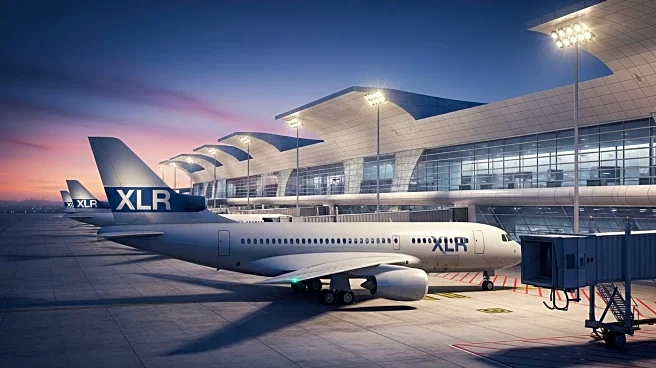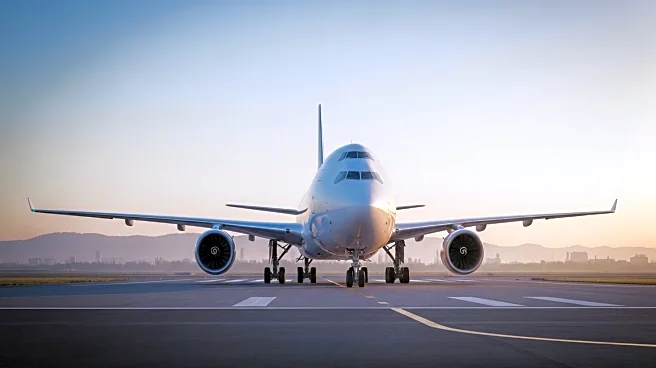What's Happening?
Hokkaido Airports in Japan is intensifying its efforts to expand international connectivity, particularly focusing on Southeast Asia, North America, the Middle East, and Europe. The return of Qantas to New Chitose Airport (CTS) is a significant development, reinstating the Sydney-Sapporo route after a six-year break. This move is part of a broader strategy to position CTS as a major international gateway. The airport has seen a substantial increase in passenger traffic from Southeast Asia, with a 155% rise in the past year, and is working to convert seasonal operations into year-round services. Efforts are also underway to address operational bottlenecks and enhance capacity.
Why It's Important?
The expansion of Hokkaido Airports' international routes is crucial for boosting tourism and economic growth in the region. By tapping into the growing demand from Southeast Asia and other regions, the airport aims to attract more visitors, particularly during Hokkaido's summer season, which is gaining popularity. This strategy not only enhances the airport's competitive edge but also contributes to the local economy by increasing tourism-related revenue. The development aligns with broader trends in global aviation, where airports are seeking to diversify their route networks to mitigate risks and capitalize on emerging markets.
What's Next?
Hokkaido Airports plans to continue expanding its network in Southeast Asia while laying the groundwork for long-haul routes to North America and the Middle East. The airport is also exploring indirect solutions for European routes affected by the closure of Russian airspace. In the short term, efforts will focus on increasing flight frequencies and converting seasonal routes into permanent ones. The airport's management will likely engage with airlines, tourism boards, and government agencies to support these initiatives and ensure sustainable growth.











